As we see more and more young celebrities using informal speech (or tameguchi) on TV, some might question, “Is it acceptable not to use honorific language at all in our everyday life?”
Perhaps the most notable one is Rola, a fashion model who’s actually famous for her use of tameguchi.
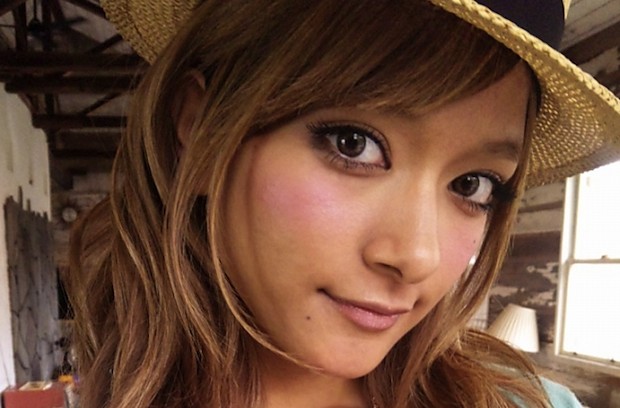
As far as I remember, though, the person who started this “trend” in the show biz is Hikaru Utada who made her debut in Japan at the age of fifteen. Although there is no doubt that she got the fame she deserved thanks to her musical talent, her tameguchi and fluent English was part of what caught our attention about her in the first place.
We do have to keep in mind, though, that many of these celebrities grew up in mixed cultures, and usually Japanese is not their first language.

Keigo or honorific language, in its most simple term, is defined as a way to express one’s respect for the older, the elderly and people in higher positions. Age still plays a crucial role in Japanese society, and the very question “How old are you?” is often used as a casual ice-breaker. While most people think that it’s rude to ask a woman’s age, there are a number of stories — or rather myths associated with women’s ages in Japan. Unfortunately, most of them are simple statements on just how “outdated” women become at certain ages in their life — in the eyes of men.
The question “How old are you?” is asked not only for the purpose of getting to know someone, but their answer becomes a determiner in the use of language. For example, if your conversation partner turns out to be a year younger than you, you will automatically be granted a privilege of using ANY kind of language, including the most condescending tameguchi used among people of the same age.
Over the years, tameguchi has evolved into many different types of speech which shows one’s relationship to others in terms of age difference. Sometimes people use a mixture of keigo and tameguchi. One advantage of allowing people to use this semi-formal — and sometimes even more disrespectful — speech is that it would encourage them to express their feelings more freely, especially when they want to disagree or object to something proposed or imposed by those in higher positions. It would also encourage them to state “yes” or “no” more clearly in business scenes.
And most importantly, it would break the wall of age difference between those who would otherwise forever remain a senior and a junior in their relationship.
What do you think about keigo?



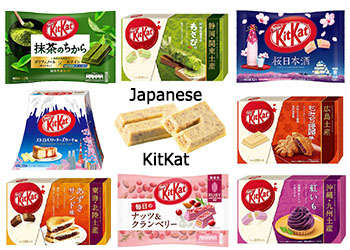
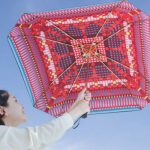

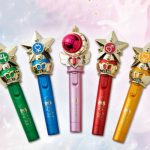




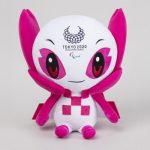



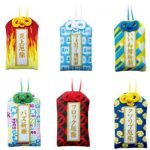





3 Comments
sorry for the very late comment but just found this article since I wanted to know a bit more about Tameguchi.
isn’t tameguchi done by foreigners not so strict to the Japanese? Is it seen as some sort of ignorance of their culture?
almost similar to how some don’t or won’t use honorifics for foreigners. hope you can reply. thanks, bookmarked the page.
It took me good 2.5 years to reply…sorry I have been away for such a long time!
About tameguchi, though, if it’s a non-native speaker (of Japanese) using it, the Japanese are more tolerant not because it’s seen as ignorance of culture but as a type of “errors” in the use of language. And some people use tameguchi when they speak to foreigners because it’s simple and straightforward, I think. Keigo relies a lot on implications.
香川県ルーちゃん餃子のフジフーヅはバイトにパワハラの末指切断の大けがを負わせた犯罪企業.中卒社員岸下守の犯行.